Solar Energy vs Wind Energy
Solar Energy vs Wind Energy
Solar and wind energy are two of the most popular renewable sources today. Both offer a clean and sustainable alternative to traditional energy sources like fossil fuels and play a critical role in reducing our carbon footprint.
In this blog post, we will compare solar and wind energy, exploring the benefits and drawbacks of each and examining the best uses for each type of renewable energy.
Solar energy harnesses the power of the sun to produce electricity, while wind energy converts the wind's kinetic energy into electrical energy. Both forms of renewable energy offer several benefits, including reduced dependence on finite energy sources and a lower carbon footprint.
However, each has its challenges and limitations, from the intermittency of wind and solar power to the costs associated with installation and maintenance.
By comparing solar and wind energy, we can better understand the strengths and weaknesses of each and how they can be used to power our homes, businesses, and communities.
Whether you are looking to reduce your carbon footprint, support renewable energy, or find a more sustainable way to power your life, solar and wind energy are two options that are worth considering.
We will take a closer look at solar and wind energy, comparing them in terms of efficiency, cost, environmental impact, and other relevant factors.
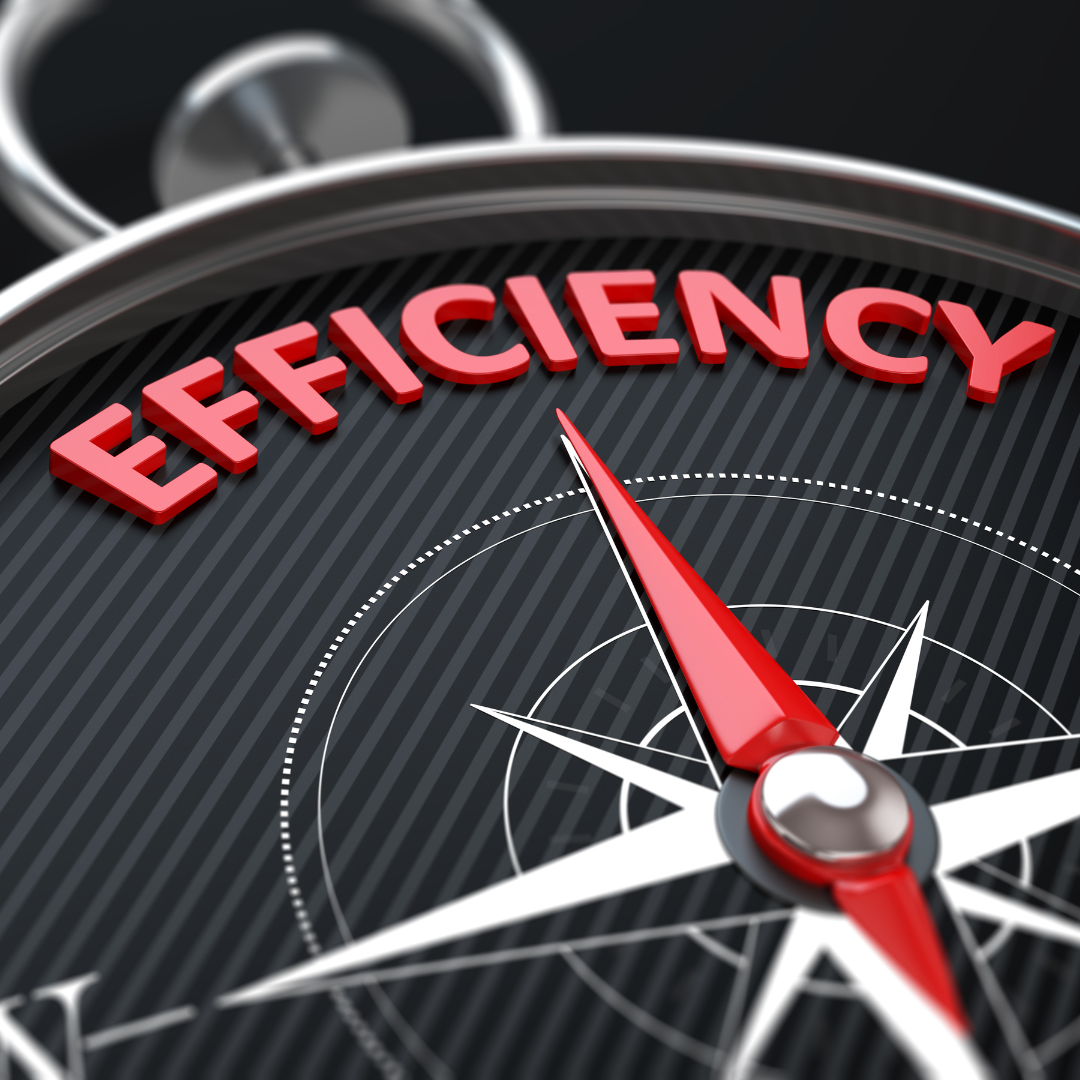
1. Efficiency
Efficiency is an important factor when comparing solar and wind energy. Here are some additional details about the efficiency of each:
Solar Energy Efficiency
The efficiency of solar panels is determined by their ability to convert sunlight into electricity. The most efficient solar panels on the market today can convert around 22% of the sunlight they receive into usable electricity, with some laboratory tests reaching efficiency rates of up to 46%.
However, the actual efficiency of solar panels depends on various factors such as location, weather, shading, and temperature. Solar panels are most efficient when exposed to direct sunlight, with little or no shading, and at a moderate temperature range.
The efficiency of solar panels is also affected by the angle and orientation of the panels. Solar panels are typically mounted at a fixed angle but can be adjusted to optimize their performance for different times of the year.
Solar panels are generally most efficient when facing south in the northern hemisphere and north in the southern hemisphere. However, solar panels' optimal orientation and angle depend on location and weather conditions.
Wind Energy Efficiency
The efficiency of wind turbines is determined by their ability to convert the kinetic energy of the wind into electricity. The most efficient wind turbines on the market today can convert up to 60% of the wind they receive into usable electricity, with some laboratory tests reaching efficiency rates of up to 80%. However, the actual efficiency of wind turbines depends on various factors such as location, wind speed, size, and technology.
Wind speed affects wind turbines' efficiency, with higher wind speeds resulting in higher energy output. Wind turbines typically operate in a specific range of wind speeds, with a cut-in speed (the minimum wind speed required to generate power) and a cut-out speed (the maximum wind speed at which the turbine must shut down for safety reasons).
Wind turbines are generally most efficient in areas with high and consistent wind speeds, such as coastal or mountainous regions.

2. Cost
Cost is an important factor when comparing solar and wind energy. Here are some additional details about the cost of each:
Solar Energy Cost
The cost of solar energy has decreased rapidly over the years, making it one of the most affordable renewable energy sources. The cost of solar panels has been reduced by over 70% in the last decade, driven by technological advancements, economies of scale, and increased competition.
Solar energy costs depend on location, installation size, and availability of incentives and subsidies. Solar energy has a lower installation cost than wind energy, making it a good choice for households and small businesses.
However, the upfront cost of solar panels can still be significant, especially for larger installations. On average, the cost of a residential solar panel system can range from $10,000 to $25,000, depending on the size and complexity of the installation.
Wind Energy Cost
The cost of wind energy has also decreased over the years, although it still has a higher installation cost than solar energy. The price of wind turbines has decreased by over 30% in the last decade, driven by similar factors as solar energy.
Wind energy costs depend on various factors, such as location, installation size, and availability of incentives and subsidies. Wind energy is generally more cost-effective over the long term due to its higher capacity factor, making it a good choice for large-scale installations and utility-scale projects.
On average, the cost of a utility-scale wind turbine can range from $1 million to $4 million, depending on the size and technology of the turbine.
The cost of wind energy also depends on the cost of electricity in the local market, with wind energy becoming more cost-effective as electricity rates increase. However, wind energy can be more expensive in areas with low and inconsistent wind speeds, as it may require additional equipment and infrastructure to optimize its performance.

3. Environmental Impact
Environmental impact is critical when comparing renewable energy sources such as solar and wind energy. Here are some additional details on the ecological effects of each:
Solar Energy Environmental Impact
Solar energy has a lower environmental impact than traditional fossil fuels, as solar panels do not emit greenhouse gases or pollutants during operation. However, the manufacturing and disposal of solar panels have an environmental impact.
The manufacturing process of solar panels involves using toxic materials such as lead, cadmium, and silicon tetrachloride. These materials can harm the environment and human health if not handled properly. Therefore, the disposal of solar panels requires careful handling and recycling to avoid contaminating the environment.
Additionally, installing large solar farms can impact local ecosystems by disrupting habitats and affecting wildlife. This impact can be mitigated by choosing appropriate locations and following environmentally-friendly practices during construction.
Wind Energy Environmental Impact
Wind energy also has a lower environmental impact than traditional fossil fuels, as wind turbines do not emit any greenhouse gases or pollutants during operation. However, the construction and operation of wind turbines have an environmental impact.
The construction of wind turbines can disrupt local ecosystems, especially if installed in areas with sensitive habitats or migratory routes for birds and bats. Additionally, wind turbines can create noise and visual impacts affecting the local community.
The disposal of wind turbines also requires careful handling and recycling to avoid contaminating the environment. However, wind turbines have a longer lifespan than solar panels, requiring less frequent replacement and maintenance.
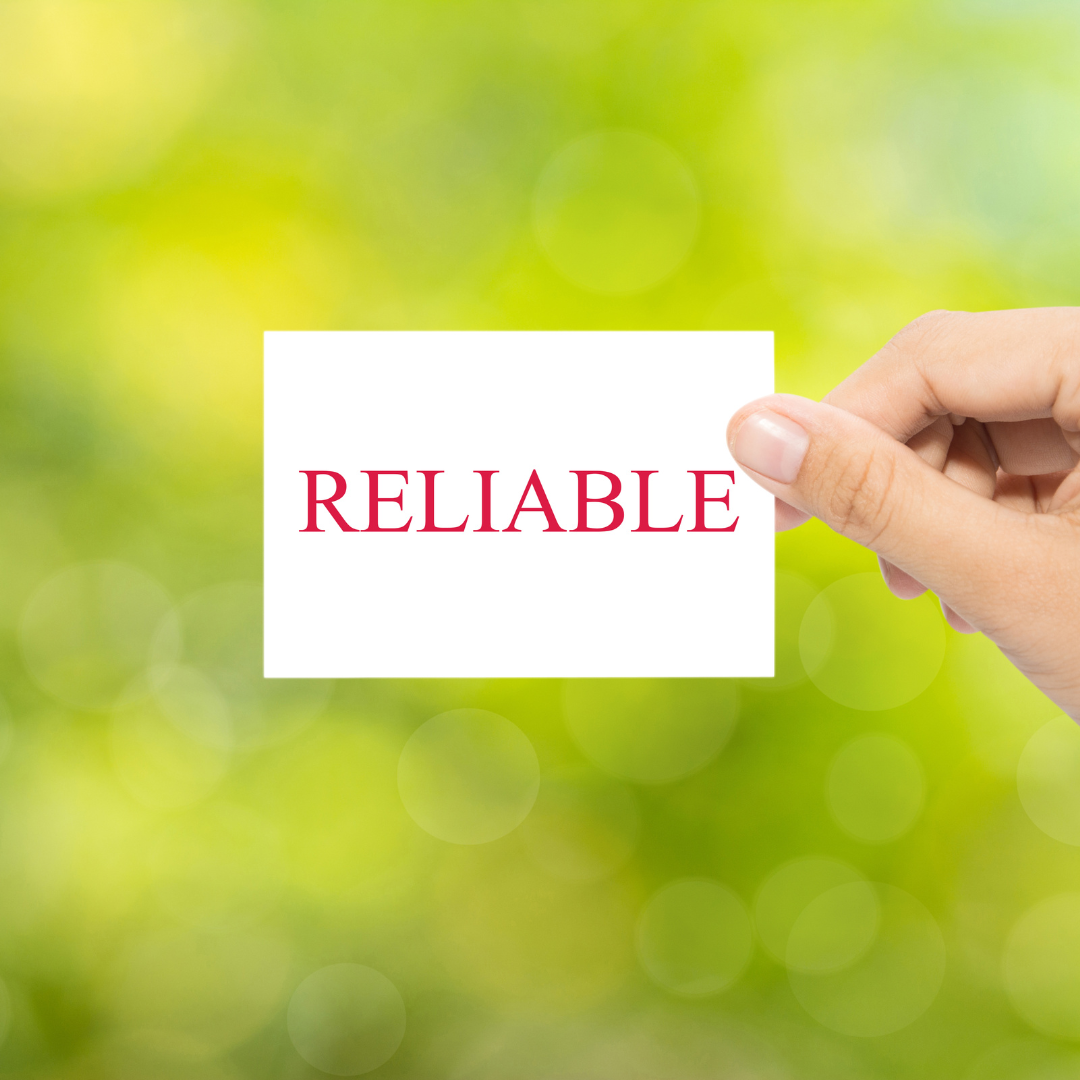
4. Reliability
Reliability is critical when comparing renewable energy sources like solar and wind energy. Here are some additional details about the reliability of each:
Solar Energy Reliability
Solar energy depends on sunlight, which means that the output of solar panels can vary depending on weather conditions and the time of day. This can be a disadvantage in areas with frequent cloud cover or short days in the winter.
However, advances in solar technology have improved their reliability in recent years. For example, some solar panels can produce electricity even in low light conditions, and some solar systems can store excess energy in batteries for later use.
In addition, solar systems can be designed to include multiple solar panels, which can increase their reliability. By combining panels into an array, the impact of shading or a malfunctioning panel can be minimized, ensuring that the system's overall output remains consistent.
Wind Energy Reliability
Wind turbines are more consistent in their output, but they require a steady supply of wind to operate efficiently. Wind turbines are more reliable in areas with consistent wind patterns.
Wind turbines may need more power to meet the system's needs in unpredictable or weak wind areas. However, advances in wind technology have improved their reliability in recent years. For example, some wind turbines can now adjust their blade pitch to maximize power production in low wind conditions.
Additionally, wind systems can be designed to include multiple turbines, which can increase their reliability. Combining turbines into a wind farm can minimize the impact of a single malfunctioning turbine, ensuring that the system's overall output remains consistent.

5. Scalability
Scalability is an essential factor when comparing solar and wind energy. Here are some additional details about the scalability of each:
Solar Energy Scalability
Solar energy is a highly scalable technology. Solar panels can be installed on rooftops, parking lots, or other surfaces without additional land. Solar systems can be scaled up or down to meet different energy needs, from small residential installations to large commercial and utility-scale projects.
In addition, solar systems can be expanded gradually by adding more solar panels to the existing installation. This makes it easier for homeowners or businesses to increase their solar capacity as their energy needs grow over time.
Furthermore, the cost of solar equipment has decreased over the years, making it more affordable for homeowners and businesses to invest in solar energy.
Wind Energy Scalability
Wind energy is also a scalable technology, but it requires more space and may be limited by zoning regulations or environmental concerns.
Wind turbines need to be spaced apart to avoid the turbulence caused by wind flow obstruction, which means that large wind farms require a significant amount of land. As a result, wind energy is often more suitable for utility-scale projects with access to large tracts of land.
However, wind energy can be scaled up gradually by adding more wind turbines to the existing wind farm. This can be a cost-effective way to increase the system's capacity, as the infrastructure and transmission lines are already in place.
Furthermore, advances in wind turbine technology have improved their efficiency and reduced their cost, making them more affordable for large-scale installations.
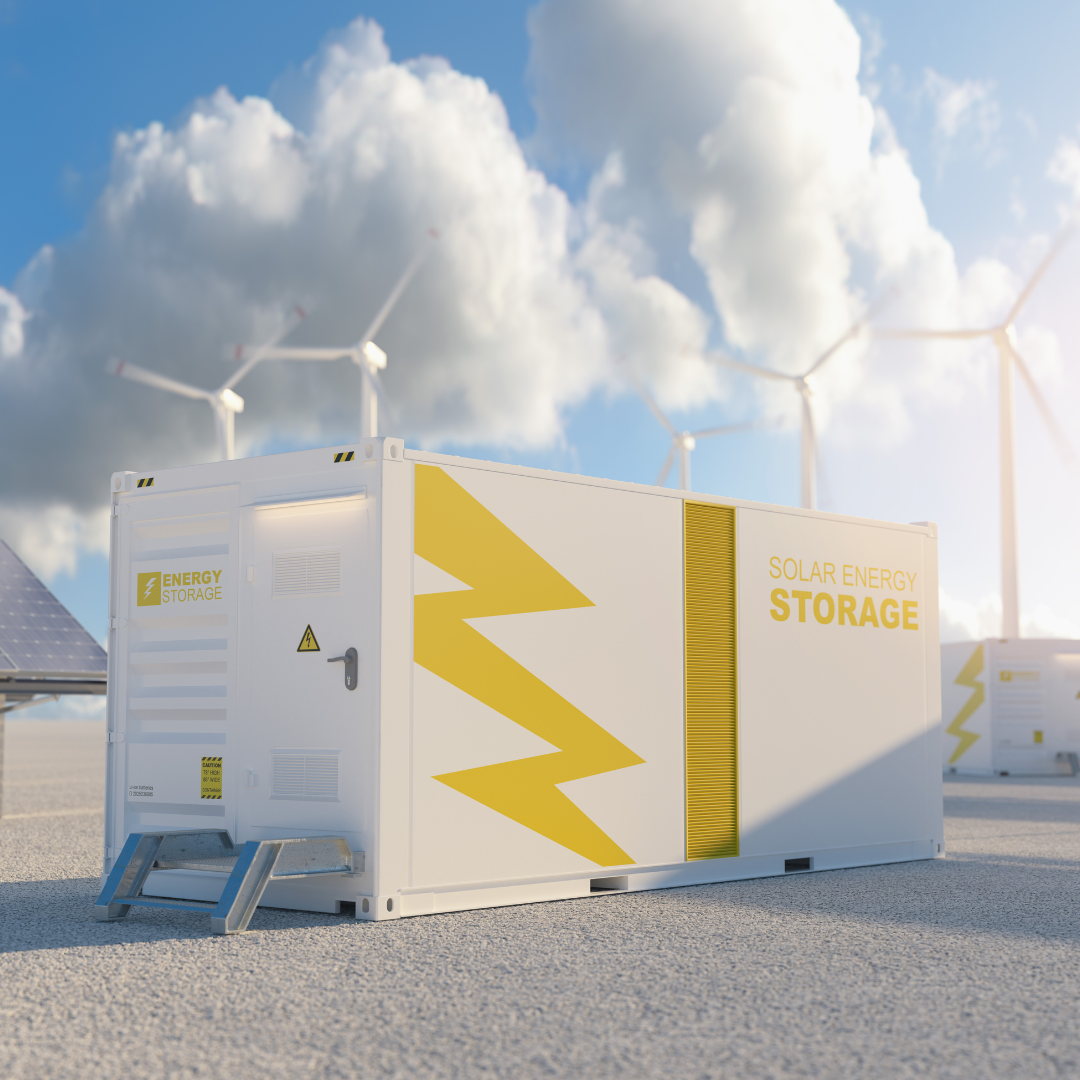
6. Storage
Energy storage is a crucial aspect of renewable energy systems, as it allows energy to be stored when it is generated and used later when needed. Here are some additional details about the storage options for solar and wind energy:
Solar Energy Storage
Solar energy is easier to store than wind energy because it produces a more consistent output over time. Solar panels generate energy during the daytime when the sun is shining and are not producing any energy at night.
Excess energy generated during the daytime can be stored in batteries or other energy storage solutions and used later when needed, such as at night or during peak demand periods.
Several energy storage solutions are available for solar energy, including lithium-ion batteries, flow batteries, and pumped hydro storage. These storage solutions can range in size from small residential systems to large commercial and utility-scale installations.
In addition to these storage solutions, solar energy can also be stored using thermal energy storage systems. These systems use heat exchangers to store excess solar energy as hot water or other fluids, which can be used to provide heating and cool homes and businesses.
Wind Energy Storage
Wind energy is more challenging to store than solar energy because it depends on wind speed and direction. Wind turbines generate energy when the wind is blowing and are not producing any energy when there is no wind. This means that wind energy storage solutions must be designed to handle the intermittent nature of the wind energy output.
One of the most common energy storage solutions for wind energy is battery storage. Lithium-ion and flow batteries can store excess wind energy and provide power without wind. However, the cost and efficiency of these storage solutions can be higher than those of solar energy storage solutions.
Another storage solution for wind energy is pumped hydro storage. This storage system pumps water uphill during periods of excess wind energy and then releases it through turbines to generate energy when the wind is not blowing. This solution can be very effective but requires significant space and infrastructure.
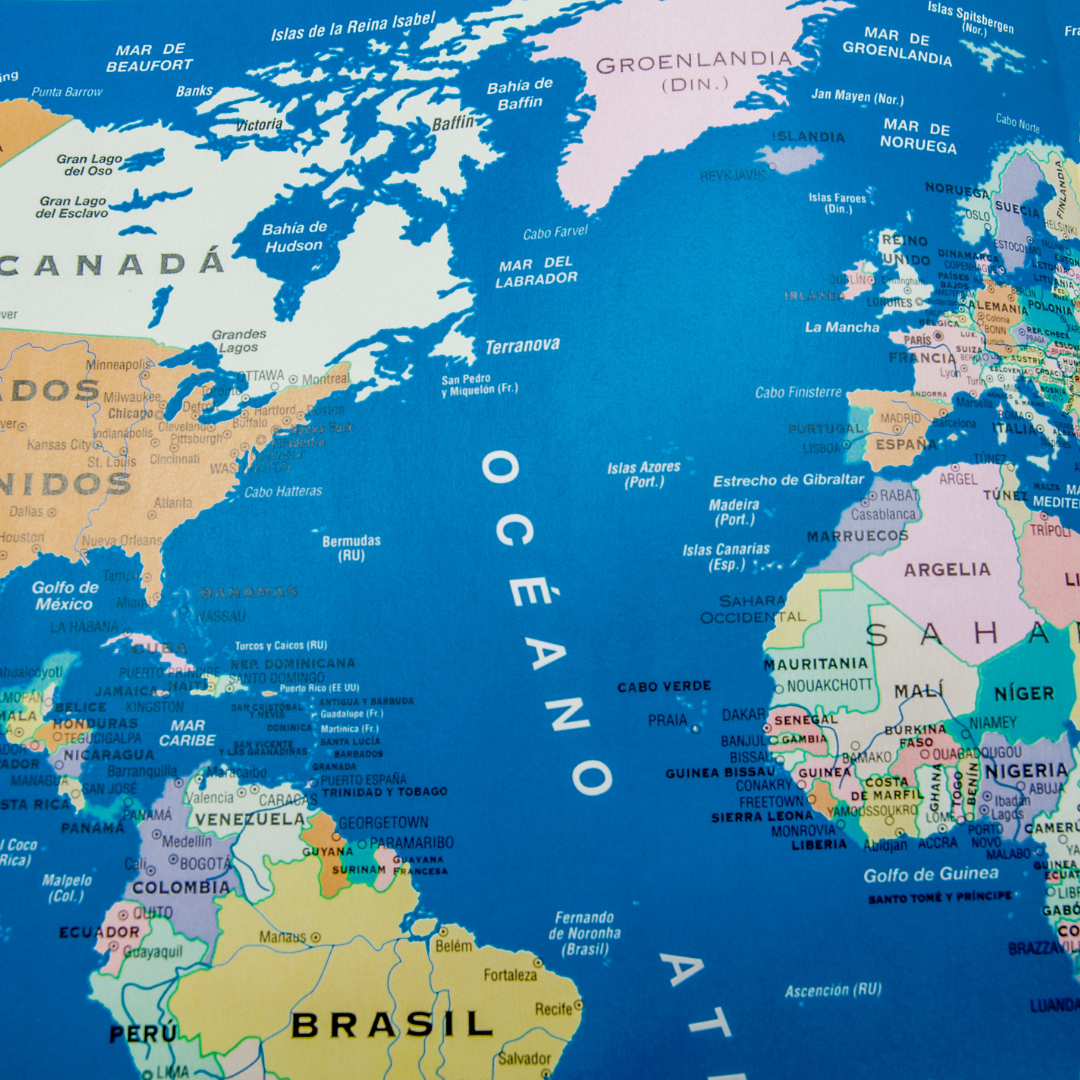
7. Geographical Suitability
Geographical suitability is an essential factor when choosing between solar and wind energy. Solar energy is best suited for areas with high levels of direct sunlight, so areas close to the equator are ideal for solar energy production.
However, advances in solar panel technology, such as concentrator photovoltaics, have made it possible to produce solar energy in areas with less sunlight.
These systems use mirrors or lenses to focus sunlight onto a small area, which increases the amount of electricity that can be generated.
On the other hand, wind energy is best suited for areas with consistent wind patterns, typically found in coastal and hilly regions.
However, advances in wind turbine technology, such as vertical axis wind turbines, have enabled generating wind energy in areas with less wind. These turbines have a smaller footprint and can generate electricity in low wind conditions.
It's also worth noting that solar and wind energy can complement each other in certain locations. For example, in areas with high levels of sunlight and wind, a combination of solar panels and wind turbines can generate electricity more consistently throughout the day and night.
In addition, using energy storage solutions such as batteries can help ensure a steady supply of electricity, regardless of the weather conditions.

8. Maintenance
To ensure the optimal performance of solar panels, they must be cleaned regularly to remove dust, debris, and other materials that can block sunlight. This can be done using a soft brush, soap, and water or with specialized cleaning equipment. Solar panels also require regular inspections to detect any damage or malfunctions in the wiring, mounting, or other components.
Wind turbines require more maintenance than solar panels because they have moving parts such as the blades, rotor, and gearbox. These components must be inspected regularly to ensure they are in good condition and properly lubricated.
The blades must also be cleaned to remove any debris affecting their performance. In addition, the electrical components of wind turbines need to be inspected regularly to detect malfunctions or damage.
The frequency of maintenance for both solar panels and wind turbines depends on the location and weather conditions. Areas with high dust levels or extreme weather conditions may require more frequent maintenance. Working with a qualified technician is also essential to maintain the equipment correctly and safely.
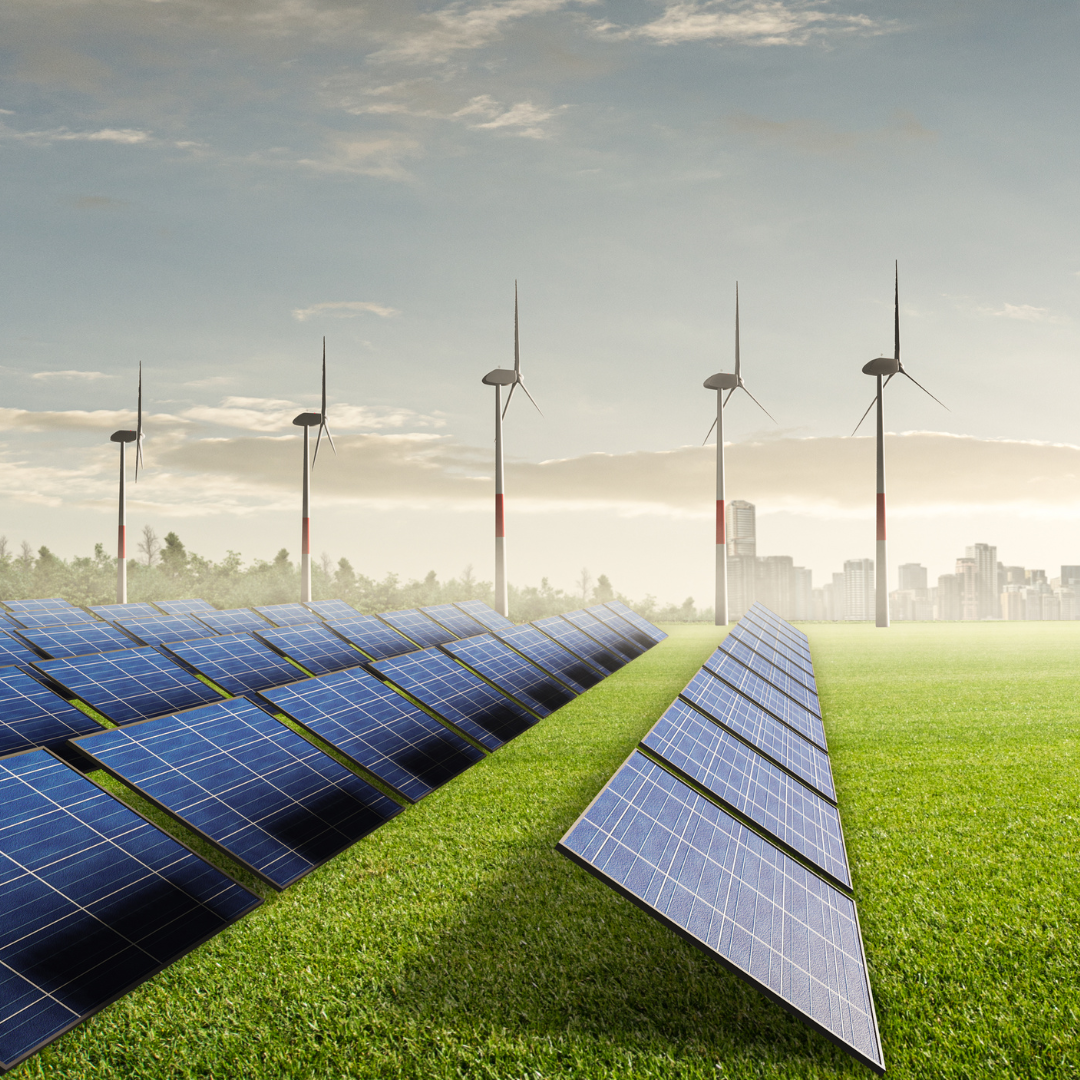
Conclusion
In conclusion, both solar and wind energy have advantages and disadvantages. Solar energy is cleaner, more easily scalable, and has a lower installation cost. In contrast, wind energy is more reliable, has a higher capacity factor, and is more cost-effective over the long term.
Geographical location and weather patterns also play a crucial role in determining the suitability of each technology. Solar energy is best suited for areas with high levels of sunlight, while wind energy is more suitable for areas with consistent wind patterns.
Ultimately, the choice between solar and wind energy depends on the user's specific energy needs, budget, and location. Combining both technologies may also provide a more comprehensive and reliable energy-saving solution.
Regardless of choice, shifting towards renewable energy sources like solar and wind energy can help reduce the impact of climate change while providing a reliable and sustainable energy source for future generations.
I trust you enjoyed this article about Solar Energy vs Wind Energy. Please stay tuned for more blog posts to come shortly.
JeannetteZ
Your Opinion Is Important To Me
Thoughts? Ideas? Questions? I would love to hear from you. Please leave me your questions, experience, and remarks about this article on Solar Energy vs Wind Energy in the comments section below. You can also reach me by email at Jeannette@Close-To-Nature.org.
Disclosure
This post may contain affiliate links. I earn from qualifying purchases as an Amazon Associate and other affiliate programs. Read my full affiliate disclosure.
You might also enjoy these blog posts:
15 Best Vegetables To Grow In Your Container Garden
All About Wild Turkeys – A Large Shy Bird
Interesting Facts About Woodpeckers
I did the keyword research for this blog
post in Jaaxy. Click on the banner
below and try it yourself for free.



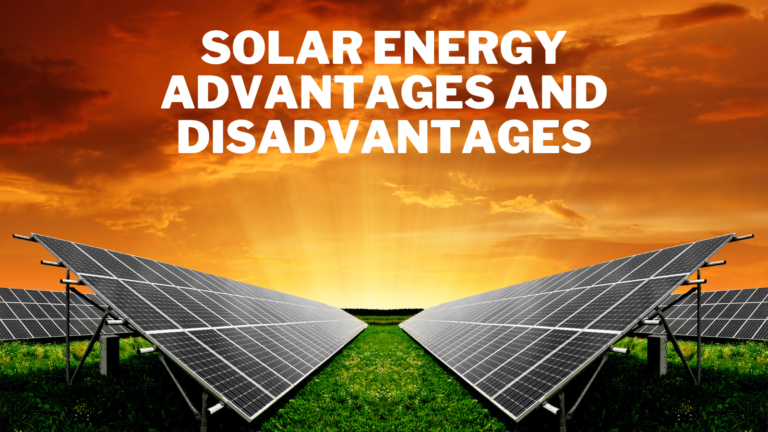
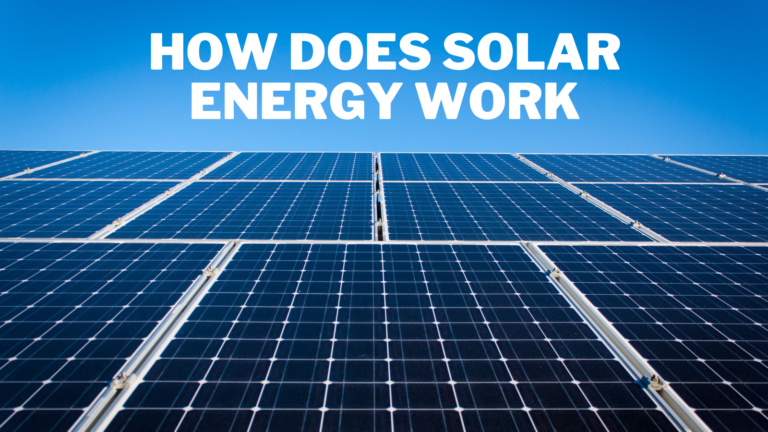
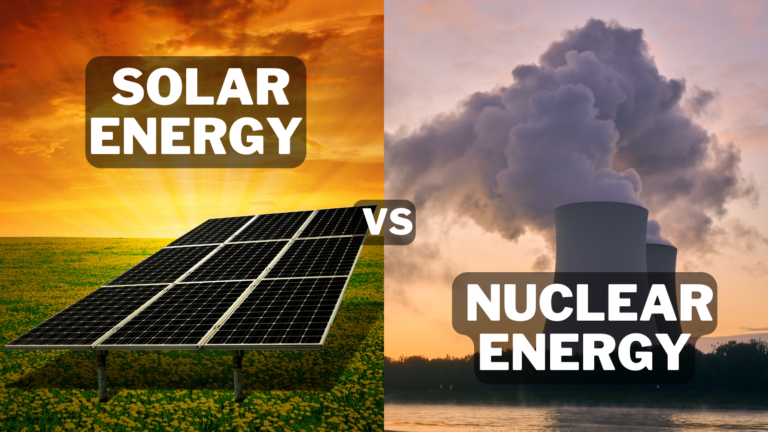

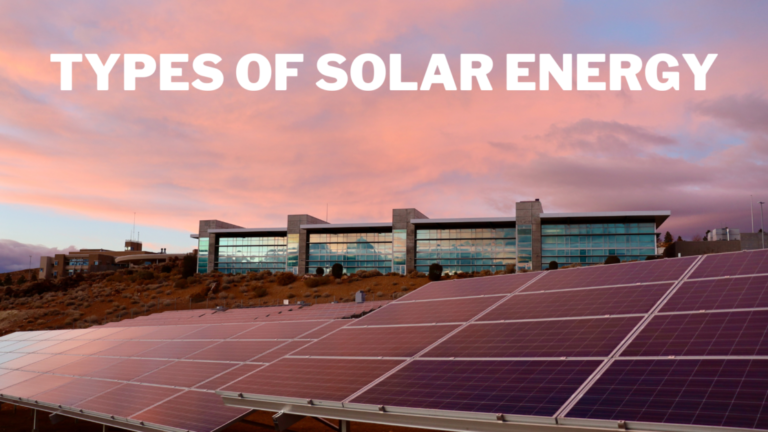
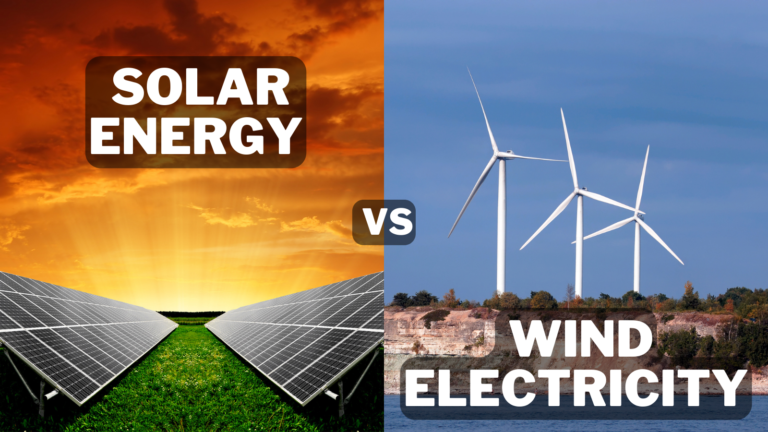
Wow, what an incredibly full and informative article. Best summary of comparing solar and wind that I have found. Thank you for the immense time you put into writing this and gather the facts. Usually when I read articles like this I find something to correct, some type of misconception, but you have nailed all the pros and cons, advantages and disadvantages, and other alternatives like biofuels and biomass. Hydrogen is another alternative, but so early in its development, but someday it would be amazing to see solar panels on a car that uses that electricity to produce hydrogen to power that car….or even a home. Looking forward to seeing these amazing developments, and I thank you again for your work on writing this detailed and informative article!
WOW! Joshua, thank you so much for your compliments. I am ecstatic to see such a positive comment from a professional like you. Your comment is an excellent motivator and encourages me to continue writing informative articles like this.
Thank you again, and take care!
Jeannette